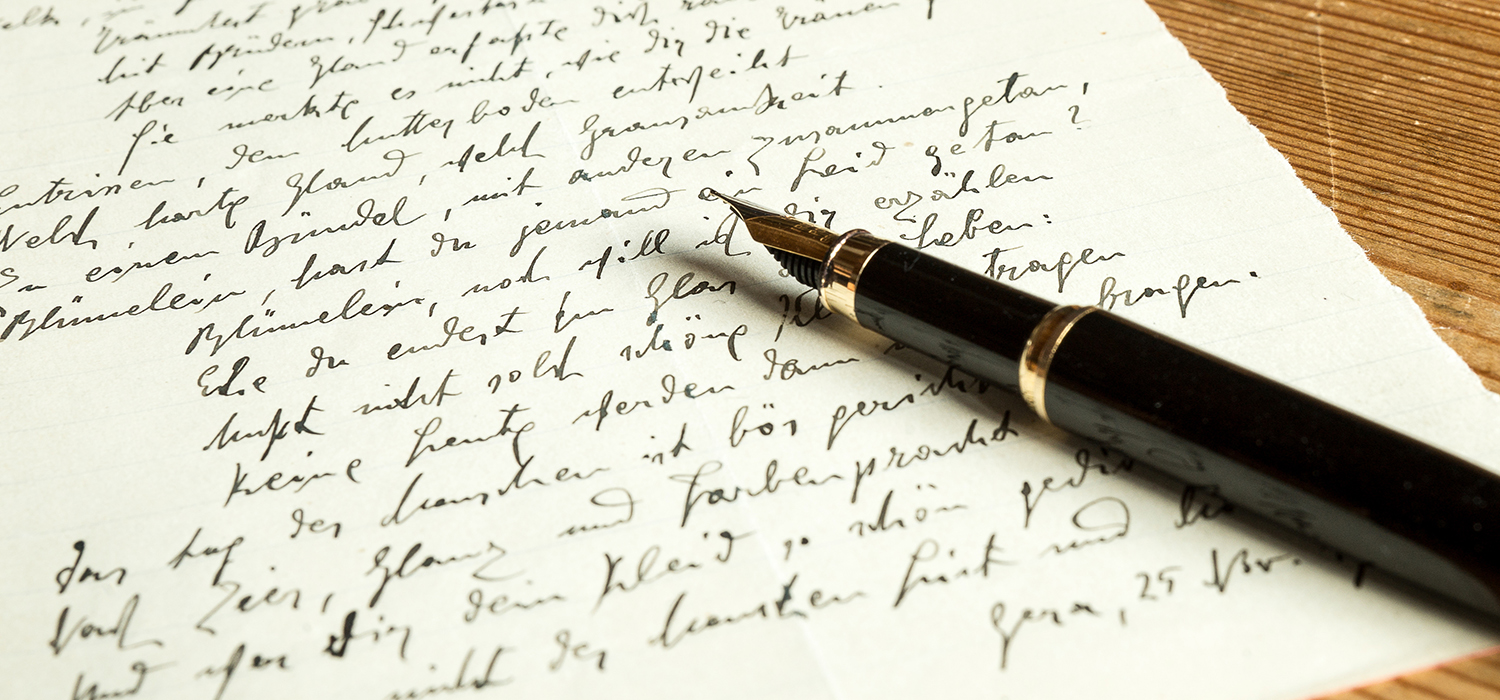A role for handwriting analysis criminal investigation

Although handwriting analysis is often disregarded in criminal investigations, it is a powerful technique. By comparing two or more handwriting samples, investigators may make reasonable judgments about the person who wrote them and assess whether other evidence at the scene matches them.
This article will go through the value of handwriting analysis in recent years as technology has evolved and its significance in criminal investigations. We’ll go through some of the most effective methods for examining handwriting samples and how specialists utilize this proof to support law enforcement more convincingly.
Handwriting analysis: What is it?
Handwriting analysis examines a person’s handwriting to find out specific attributes or characteristics about them. It is often used in criminal investigations to reduce the number of suspects and aid in creating a profile of the offender.
Handwriting features, including pressure, slant, size, spacing, and strokes, may all be examined. Each of these elements may provide insight into the author’s personality. For instance, someone who writes under pressure may feel tense or worried. Large handwriting may indicate an extroverted or outgoing personality.
While not a precise science, handwriting analysis may be helpful in criminal investigations. While not everyone will display all the personality features linked to their handwriting, it may still be used to identify potential culprits.

What Role Does Handwriting Analysis Have in Criminal Cases?
Criminal investigations may employ handwriting analysis in a variety of ways.
The handwriting at the crime scene may be compared to a sample of the suspect’s handwriting that has been identified. This may be accomplished by contrasting certain traits such as letter structure, slant, and pressure.
Another use of handwriting analysis is to examine a note the offender left behind. This may provide details about the author’s thoughts, purposes, and motives.
Handwriting analysis may be used in a variety of ways during criminal investigations. Comparing a suspect’s handwriting to examples of handwriting that are known about them is one method. This may be accomplished by observing the general forms of the letters, the distance between them, and the pressure used to write them.
Another method is using handwriting analysis to examine a ransom note or other threatening communication. By analyzing the writing style, investigators may often reduce the number of potential suspects.
For instance, if the message is written in all capital characters, it can suggest that the author is inexperienced or needs more education. This can point investigators toward someone who struggles to write entire phrases or may have a restricted vocabulary.
Last but not least, forgeries may also be found via handwriting analysis. This is accomplished by examining elements including line quality, stroke order, and writing pressure. The document may be shown to be fake if there are apparent variations between the alleged fabrication and known samples of the signer’s handwriting.
Study of Handwriting over History
The study of handwriting in human psychology is called handwriting analysis or graphology. The first time handwriting analysis was used to identify mental illness was in the early 19th century.
When assessing whether or not someone was guilty of a crime in the early days of handwriting analysis, professionals often relied on their judgment. Due to the many false positives caused by this, many innocent persons were found guilty of crimes they did not commit.
Even today, some specialists maintain that one’s judgment should be considered while examining handwriting.
Yet most professionals now agree that subjective judgment shouldn’t be considered when analyzing handwriting. Instead, they think objective standards should determine a person’s guilt or innocence.
Several objective factors, including letter slant, letter structure, and pressure marks, may be employed when examining handwriting.
From its inception in the early 19th century, handwriting analysis has advanced significantly. It is a valuable instrument that is regularly employed in criminal investigations nowadays. To conclude, it is crucial to remember that this evidence should be considered in conjunction with all other types of evidence.
A Guide to Handwriting Analysis
You need to pay close attention to detail and be an exceptional observer to work as a handwriting analyzer or document examiner. Also, you will need critical thinking skills and expertise in criminal investigations.
There are various methods to acquire the knowledge and expertise required to work as a handwriting analyzer.
Obtaining a degree in forensic science or a related profession is one way to get started. You will acquire the theoretical knowledge and practical skills needed for the position.
Instead, you might work in criminal investigations to get expertise. A police officer, detective, or crime scene investigator can fall under this category.
Bart Baggett, a forensic handwriting expert in the US, may vouch for a document’s accuracy or truthfulness. No matter where you reside in the nation, Bart Baggett’s team provides services to connect you with expert specialists in every state, including California, Florida, and San Francisco.

Conclusion
Criminal investigations benefit significantly from handwriting analysis since it might provide essential details about the culprit’s identity. It has become a crucial component of any criminal investigation due to its capacity to confirm documents or detect forgery and its use as evidence in court.
But, it’s crucial to remember that handwriting analysis is not 100% accurate and should only be used partly as evidence in court. Experts in handwriting must constantly make sure their conclusions are factual and impartial.
Visit:- foxdenlane




